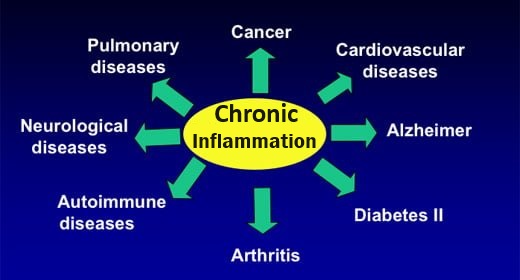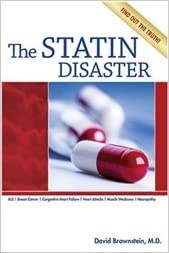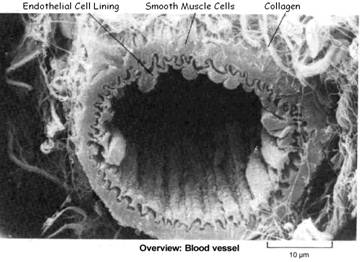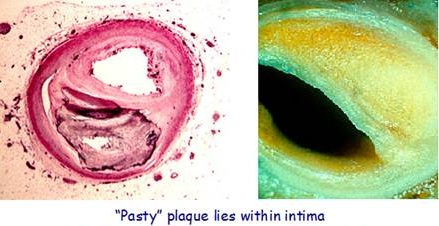Ischaemic Cardiovascular Disease (CVD) - Chronic inflammation response to damaged arterial walls (cholesterol is not the problem)
Cardiovascular disease (CVD) is currently the leading cause of death in the United States, Canada and England.

"CVD" typically refers to an ischaemic heart disease
Ischaemia is a restriction of BLOOD SUPPLY to body tissues, which reduces oxygen delivery for cellular metabolism to keep them alive
Ischaemic CVD is a chronic inflammatory response to ongoing damage to arterial walls weakened by a CHRONIC VITAMIN-C DEFICIENCY. To prevent you from bleeding to death, your body places what is supposed to be a temporary patch (called plaque) over the damaged area, to “buy you time” to deal with what is causing the problem. However, if those causes are not addressed, the growing plaque narrows the opening of the artery restricting blood flow delivering oxygen to the heart muscle, brain and other vital organs . If the necessary oxygen doesn’t arrive then the tissue or organ will die.
A build-up of plaque (comprised of an oxidized LDL-cholesterol variant, called Lp(a), other fats, cellular waste, inflammatory cells, calcium and fibrin) inside the arterial walls is referred to as atherosclerosis. This alone can reduce blood flow, causing blood pressure to increase, but if the plaque ruptures, it can cause a blood clot that can block blood flow at the rupture location even more. Sometimes a piece of plaque breaks off to travel in the bloodstream and cause a heart attack by blocking a coronary artery supplying oxygenated blood to the heart, or a stroke by blocking the carotid artery supplying the brain, both of which can be fatal. To remove the offending arterial plaque requires an understanding of what is causing it.
We have been deceived into believing that the culprits are high blood cholesterol and/or triglycerides — but this is not so . . .
Blood vessels can also constrict under certain stimuli and reduce blood flow – such stimuli include stress / anxiety, exposure to cold and NSAID’s.
Well-known ischaemic CVDs are:
- Coronary heart disease (CHD) / Coronary artery disease (CAD)
- Chronic high blood pressure (HBP)
- Heart attack (myocardial infarction)
- Angina
- Arrhythmia
- Stroke
- Thrombosis / Embolism
- Heart or Kidney Failure
What is going on with each of these cardiovascular diseases?
(Although, technically, CVD refers to diseases affecting the heart itself and/or the blood vessels)
Statistics on heart disease deaths in the U.S.
- Heart disease kills one person every 33 seconds in the U.S. alone
- In 2022, 1 of every 5 deaths was from heart disease – that’s 702,880 people! And 1 in 5 of those deaths was in those under 65 years old.
- More than half of heart diease deaths were from coronary heart diease (CAD), which is present in 5% of adults over 20 years old.
- Black non-Hispanics have the highest percentage of deaths at 22.6%, Hispanics the lowest at 11.9%, and white non-Hispanics 18%. 2021 data
Various other diseases associated with the heart
Congestive heart failure. Condition resulting from any structural or functional cardiac disorder that impairs the ability of the heart to fill with or pump a sufficient amount of blood throughout the body;
Hypertensive heart disease. Caused by high blood pressure, especially localized high blood pressure. Conditions that can be caused by hypertensive heart disease include: Left ventricular hypertrophy, Coronary heart disease, (Congestive) heart failure, Hypertensive cardiomyopathy, Cardiac arrhythmias;
Inflammatory heart disease. Involves inflammation of the heart muscle and/or the tissue surrounding it;
Valvular heart disease. Any disease process involving one or more valves of the heart;
Cardiomyopathy. Disease of the heart muscle




























